Heracleum L.
cow parsley, cow parsnip, hogweed, cow persicum
Apiaceae
mainly southern Russia and southwest Asia, also North America and east Africa
Heracleum lanatum Michx.
H. maximum W. Bartram
H. sosnowskyi Manden.
U.S. Federal Noxious Weed: Heracleum mantegazzianum
Identification: Vegetatively similar to H. maximum, but differs in size (3.0-4.5 meters tall), compoundcompound:
(adj) with two or more like parts, as in a compound leaf; divided into two or more subsidiary parts or orders, as in a compound inflorescenceleaves 100-150 cm wide with deeply incised margins, stems 3-8 cm in diameter with extensive purple mottling, and an umbelumbel:
(n) a flat to convex inflorescence in which the flower pedicels (called rays) all arise from the same point80-100 cm in diameter with 50-150 flower rays.
Heracleum mantegazzianum Sommier & Levier and H. sosnowskyi have been introduced into Europe. H. mantegazzianum is also introduced into North America, Australia, and New Zealand.
Heracleum sosnowskyi and H. mantegazzianum are weedy in several countries. H. mantegazzianum is a terrestrialterrestrial:
(adj) growing on land as opposed to living in water
 weed on the U.S. federal noxious weeds list.
weed on the U.S. federal noxious weeds list.
large, amphibiousamphibious:
(adj) of a plant able to live on land or in water
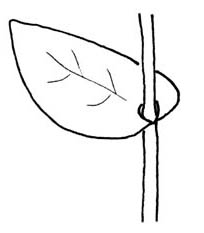 to wetland obligate herb
to wetland obligate herb
Stem erect, branched, often ribbed or striate, typically pubescentpubescent:
(adj) (1) covered with short, soft hairs; (2) bearing hairs
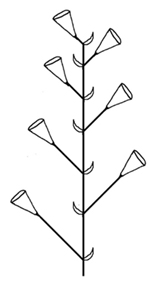 , often with dark reddish-purple spots. Leaves alternatealternate:
, often with dark reddish-purple spots. Leaves alternatealternate:
(adj) (of leaves) bearing one leaf per node; placed singly on the stem at different heights
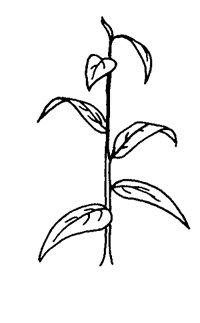 , ternately or pinnately compoundcompound:
, ternately or pinnately compoundcompound:
(adj) with two or more like parts, as in a compound leaf; divided into two or more subsidiary parts or orders, as in a compound inflorescence
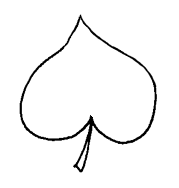 ; basalbasal:
; basalbasal:
(adj) at or pertaining to the base, or point of attachment
 and lower leaves long-petioled, upper leaves and petioles gradually reduced; leaf bladeblade:
and lower leaves long-petioled, upper leaves and petioles gradually reduced; leaf bladeblade:
(n) (syn. lamina) the flat, expanded part of a leaf, frond, or petal (excluding, e.g., the petiole)
 ovateovate:
ovateovate:
(adj) egg-shaped in outline; generally with the broad end at or near the base
 to oblongoblong:
to oblongoblong:
(adj) two to four times longer than wide, with +/- parallel sides
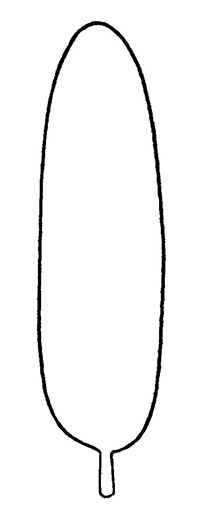 ; marginmargin:
; marginmargin:
(n) edge; rim
 lobed, crenatecrenate:
lobed, crenatecrenate:
(adj) (of a margin) with shallow, rounded teeth
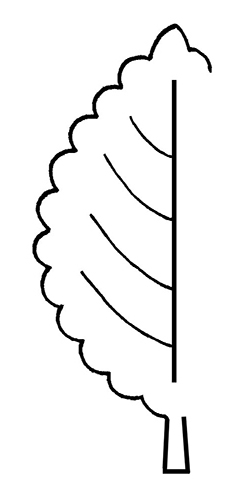 to serrateserrate:
to serrateserrate:
(adj) (of a leaf margin) bearing sharp teeth pointing forward or to the apex
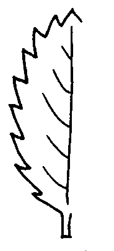 . Inflorescenceinflorescence:
. Inflorescenceinflorescence:
(n) the arrangement of flowers on the floral axis
 an axillaryaxillary:
an axillaryaxillary:
(adj) in, of, or produced from an axil
 and terminalterminal:
and terminalterminal:
(adj) at the apex
 compound umbelumbel:
compound umbelumbel:
(n) a flat to convex inflorescence in which the flower pedicels (called rays) all arise from the same point
 ; pedunculatepedunculate:
; pedunculatepedunculate:
(adj) borne on or possessing a peduncle
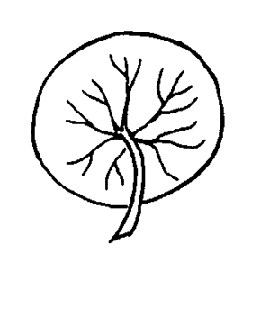 ; bracts absent or few, typically linear and deciduousdeciduous:
; bracts absent or few, typically linear and deciduousdeciduous:
(adj) shedding of parts at the end of their growing period, as with leaves; those trees or shrubs that drop their leaves at the end of the season
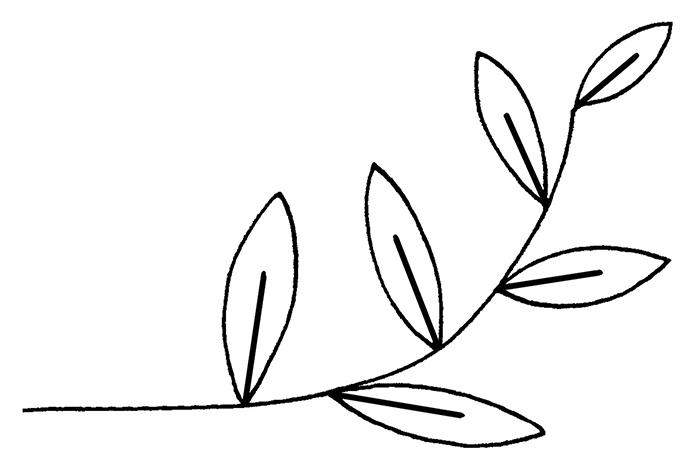 ; bracteoles linear or lanceolatelanceolate:
; bracteoles linear or lanceolatelanceolate:
(adj) lance-shaped; widest point below the middle, tapering to the apex
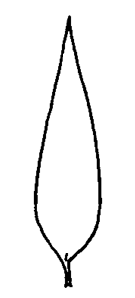 , usually deciduousdeciduous:
, usually deciduousdeciduous:
(adj) shedding of parts at the end of their growing period, as with leaves; those trees or shrubs that drop their leaves at the end of the season
 . Flowers numerous, pedicellatepedicellate:
. Flowers numerous, pedicellatepedicellate:
(adj) borne on a pedicel
 ; petals 5, white or pinkish, obovateobovate:
; petals 5, white or pinkish, obovateobovate:
(adj) ovate, with the narrow end at the base
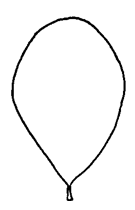 or obcordate, with emarginateemarginate:
or obcordate, with emarginateemarginate:
(adj) with a shallow notch at apex
 apexapex:
apexapex:
(n) the point farthest from the point of attachment; the tip (often pointed)
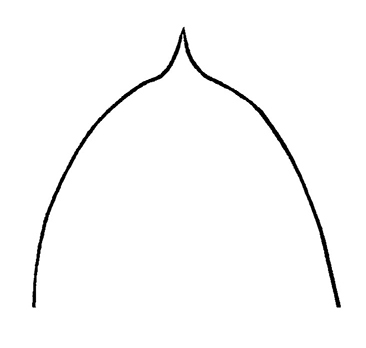 ; outermost flowers often radiant, rays enlarged, typically unequal and pubescentpubescent:
; outermost flowers often radiant, rays enlarged, typically unequal and pubescentpubescent:
(adj) (1) covered with short, soft hairs; (2) bearing hairs
 .
.
occurring in a variety of habitats: riparianriparian:
(adj) growing by rivers or streams; of, adjacent to, or living on, the banks of a river, lake, pond, etc.
 zones, on flood plains of rivers and lakes, along streams and rivers, alpine meadows, forest margins and artificial habitats (such as wet roadsides)
zones, on flood plains of rivers and lakes, along streams and rivers, alpine meadows, forest margins and artificial habitats (such as wet roadsides)
There are no true aquatics in this genus of about 50 species, only amphibiousamphibious:
(adj) of a plant able to live on land or in water
 to wetland obligates. Certain species contain photosensitizing furanocoumarins, which, after contact with skin and exposed to sunlight, can cause rashes, burns, and/or blisters.
to wetland obligates. Certain species contain photosensitizing furanocoumarins, which, after contact with skin and exposed to sunlight, can cause rashes, burns, and/or blisters.